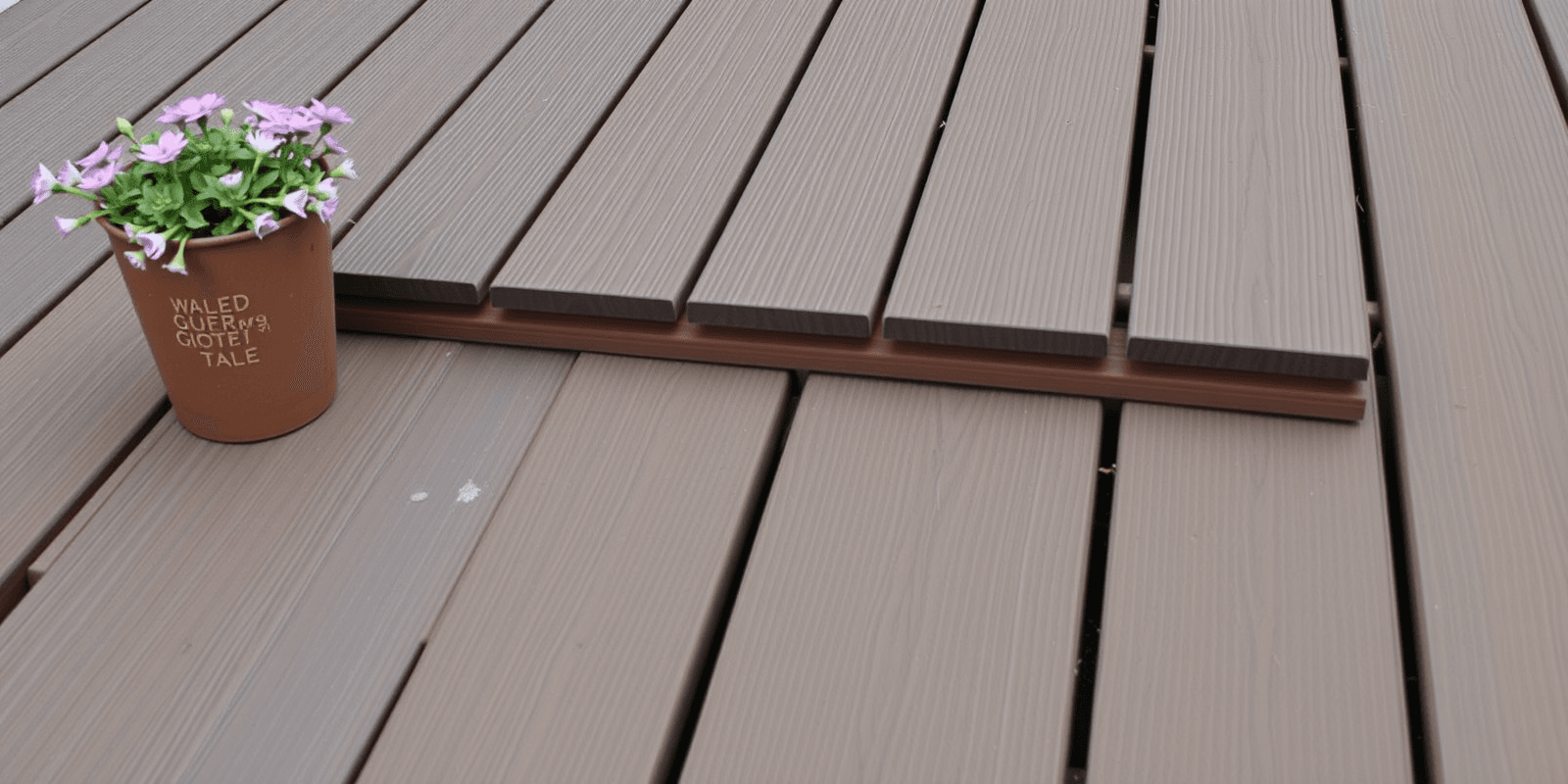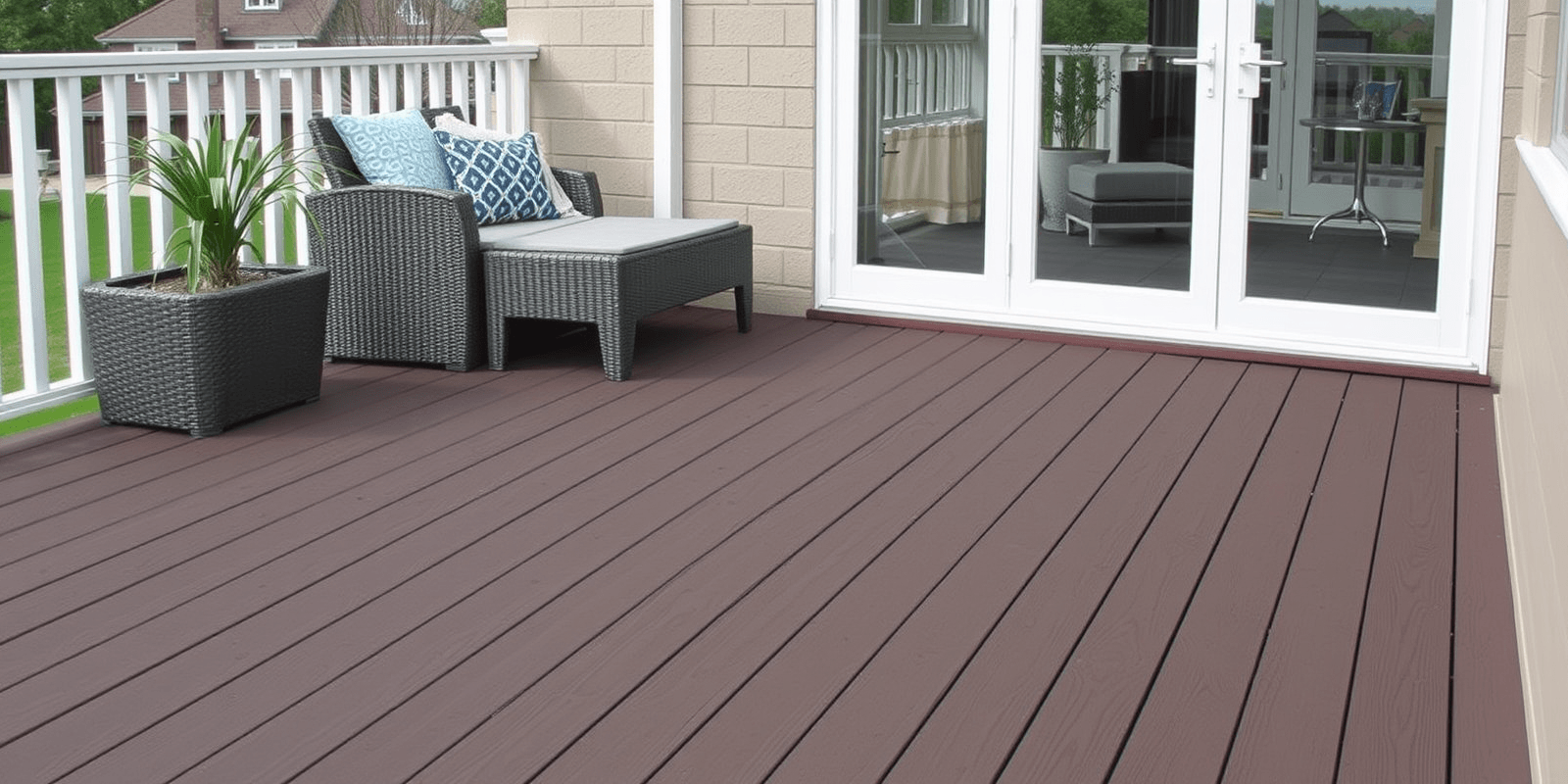Choosing the Right Composite Decking Board: A Guide from a UK Supplier
Welcome to our comprehensive guide on choosing the right composite decking board for your outdoor space. As a leading UK supplier of composite decking, we understand that selecting the perfect material for your deck can be overwhelming with so many options available. This guide will help you navigate through the various material options, color choices, and maintenance tips to ensure you make an informed decision.
Understanding Composite Decking
Composite decking is a blend of recycled wood fibers and plastic materials, which makes it a sustainable and durable option for outdoor spaces. Unlike traditional wood, composite decking resists rot, insects, and moisture, making it a low-maintenance solution for your deck. Additionally, it comes in a wide range of colors and textures, allowing you to customize your outdoor space to your liking.
Material Options
When it comes to composite decking boards, there are two main types to consider: cPVC (cellulose-free) and wood-plastic composite (WPC). Both offer unique benefits and drawbacks, so let’s dive into each one:
cPVC Composite Decking Boards
cPVC composite decking boards are made entirely of plastic and do not contain any wood fibers. They are highly resistant to water, stains, and fading, making them ideal for areas with high humidity or frequent rainfall. They also require minimal maintenance, as they do not need to be sealed or stained. However, cPVC boards tend to be more expensive than WPC boards and may have a more artificial appearance.
Wood-Plastic Composite (WPC) Decking Boards
WPC composite decking boards are made from a mixture of wood fibers and plastic. They offer a more natural look and feel compared to cPVC boards, but they may require more maintenance to keep them looking their best. WPC boards are also more affordable than cPVC boards, making them a popular choice among homeowners.
Color Choices
One of the biggest advantages of composite decking is the variety of color options available. From classic browns and grays to vibrant reds and greens, you can find a color that complements your home’s exterior and landscaping. When choosing a color, consider the following factors:
- Home Exterior: Choose a color that complements your home’s exterior, whether it’s a modern glass facade or a traditional brick house.
- Landscaping: Consider the surrounding plants and foliage when selecting a color. For example, a gray composite deck may blend in better with concrete pathways and stone walls.
- Personal Preference: Ultimately, choose a color that you love and will enjoy for years to come.
Maintenance Tips
While composite decking requires less maintenance than traditional wood, it still needs some care to keep it looking its best. Here are some tips to help you maintain your composite deck:
- Clean Regularly: Sweep or rinse your deck regularly to remove dirt, leaves, and other debris. For tougher stains, use a mild detergent and a soft-bristled brush.
- Inspect Annually: Check your deck annually for signs of wear, such as scratches, cracks, or loose screws. Address any issues promptly to prevent further damage.
- Protect from UV Exposure: While composite decking is resistant to fading, prolonged exposure to sunlight can cause some boards to discolor. Use outdoor rugs or furniture to cover exposed areas during the summer months.
The Advantages of Composite Decking Over Traditional Wood
Composite decking offers several advantages over traditional wood, including:
- Durability: Composite decking is more resistant to rot, insects, and moisture than traditional wood, making it a long-lasting investment.
- Low Maintenance: With minimal cleaning and occasional inspections, composite decks require less upkeep than traditional wood decks.
- Environmental Impact: Composite decking is made from recycled materials, reducing waste and conserving natural resources.
- Aesthetics: Composite decking comes in a wide range of colors and textures, allowing you to create a custom look for your outdoor space.
Conclusion
Choosing the right composite decking board for your outdoor space is an important decision that will impact the look and functionality of your deck for years to come. By considering the material options, color choices, and maintenance tips outlined in this guide, you can make an informed decision that meets your needs and budget. Remember to consult with a professional installer to ensure your deck is installed correctly and will last for decades to come.



